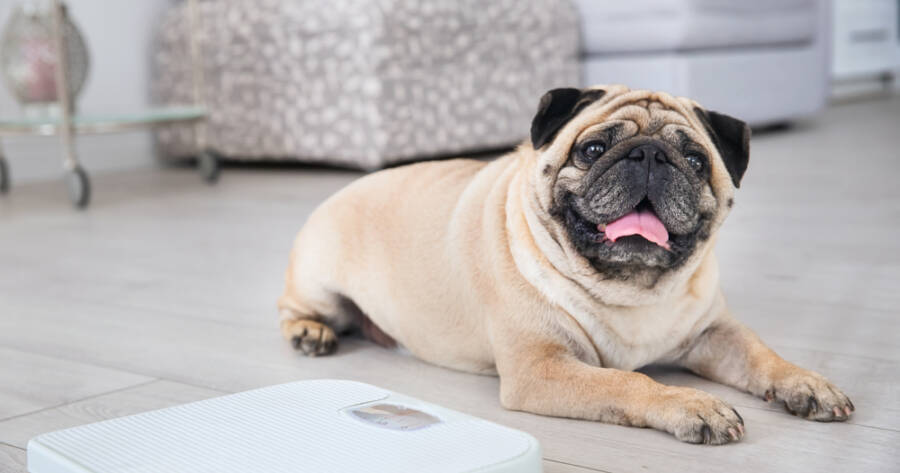Carrying extra weight can impact your pet’s health, leading to issues like joint pain, heart disease, and decreased mobility. Factors such as overeating, lack of exercise, and even underlying health conditions can contribute to weight gain. Identifying the root cause and making gradual changes can help your pet return to a healthier weight. By combining a balanced diet, consistent exercise, and regular monitoring, you can support your pet’s journey to better health and longevity.
Understanding the Causes of Pet Obesity
Weight gain in pets is often a result of consuming more calories than they burn. Feeding habits play a significant role, including offering too many treats, feeding table scraps, or not measuring portion sizes correctly. Some pet foods are calorie-dense, making it easy to overfeed even with smaller portions. Free-feeding, where food is always available, can also lead to constant snacking and excess calorie intake.
Lack of physical activity is another common factor. Indoor pets or those with limited space to roam may not get enough exercise to burn off the calories they consume. Additionally, some pets are naturally more sedentary due to age, breed, or medical conditions like arthritis. Identifying the specific causes in your pet’s lifestyle can guide you toward more effective weight management strategies.
How to Recognize When Your Pet Is Overweight
Observing physical changes can help determine if your pet is carrying extra weight. A pet at a healthy weight should have a visible waist when viewed from above and a slight tummy tuck when seen from the side. You should also be able to feel their ribs without pressing hard. If your pet’s ribs are difficult to detect or if they appear rounded without a defined waist, they may be overweight.
Behavioral signs can also indicate weight issues. Your pet might tire easily during walks or show reluctance to play. Difficulty jumping or climbing stairs can signal that extra weight is straining their joints. Regular veterinary check-ups are crucial for confirming your pet’s body condition score (BCS), which assesses their weight relative to their size and breed. Early recognition allows for proactive changes that improve your pet’s well-being.
Choosing the Right Diet for Weight Loss
Diet plays a crucial role in helping pets shed excess pounds. Start by selecting a high-quality, low-calorie pet food that lists lean protein as the main ingredient. Foods labeled “weight management” are formulated to provide necessary nutrients while reducing calorie content. Avoid feeding human foods, as they can contain hidden fats and sugars that contribute to weight gain.
Portion control is essential. Measure meals accurately rather than estimating, and feed your pet at regular times rather than free-feeding. Treats should make up no more than 10% of their daily calorie intake. Consider offering low-calorie options like carrot sticks or specially formulated diet treats. Consulting with your veterinarian can help determine the appropriate daily caloric intake for your pet’s ideal weight.
Incorporating Exercise to Promote a Healthy Weight
Increasing physical activity is essential for weight loss, but it’s important to tailor exercises to your pet’s abilities. For dogs, daily walks, interactive play, and activities like fetch or swimming can boost fitness. Short, frequent sessions are often more manageable than one long workout. Cats benefit from toys that stimulate their natural hunting instincts, such as feather wands or laser pointers.
Set achievable goals by gradually increasing activity levels. If your pet has joint issues, low-impact exercises like gentle walks or underwater treadmill sessions may be more suitable. Always start slow to avoid injury, especially if your pet is not accustomed to regular exercise. Tracking progress can keep you motivated and help you adjust routines as needed to keep your pet active and engaged.
Monitoring Progress and Adjusting Strategies
Regular monitoring is key to successful weight management. Weigh your pet every two to four weeks to track progress. Subtle changes, like a more defined waistline or increased energy, indicate you’re on the right path. Keeping a food and activity journal can help identify patterns and adjust the plan if needed.
If weight loss plateaus, reassess portion sizes or increase activity slightly. Avoid drastic changes, as slow and steady progress is healthier and more sustainable. Working with your veterinarian ensures that your pet’s diet and exercise routine remain balanced. Regular feedback from a professional can also provide reassurance and guidance when challenges arise.
Addressing Underlying Health Conditions
Sometimes, weight gain is linked to medical issues rather than lifestyle alone. Conditions like hypothyroidism, diabetes, or Cushing’s disease can cause pets to gain weight despite a healthy diet and exercise routine. If your pet’s weight doesn’t improve with lifestyle changes, consult your veterinarian to rule out underlying health concerns.
Diagnostic tests, such as blood panels, can reveal metabolic disorders that require medical management. Treating the root cause not only supports weight loss but also improves your pet’s overall quality of life. Addressing medical conditions in conjunction with dietary adjustments ensures your pet’s health remains a top priority throughout their weight loss journey.
Supporting Your Pet’s Health Journey
Helping your pet achieve and maintain a healthy weight takes dedication and patience. By understanding the causes of weight gain and implementing gradual changes, you create a sustainable routine that benefits both physical health and emotional well-being.
Monitoring progress and staying adaptable allows you to make adjustments that keep your pet moving toward their goals. Celebrate small victories along the way and remember that your commitment to their health makes a significant difference in their quality of life.

